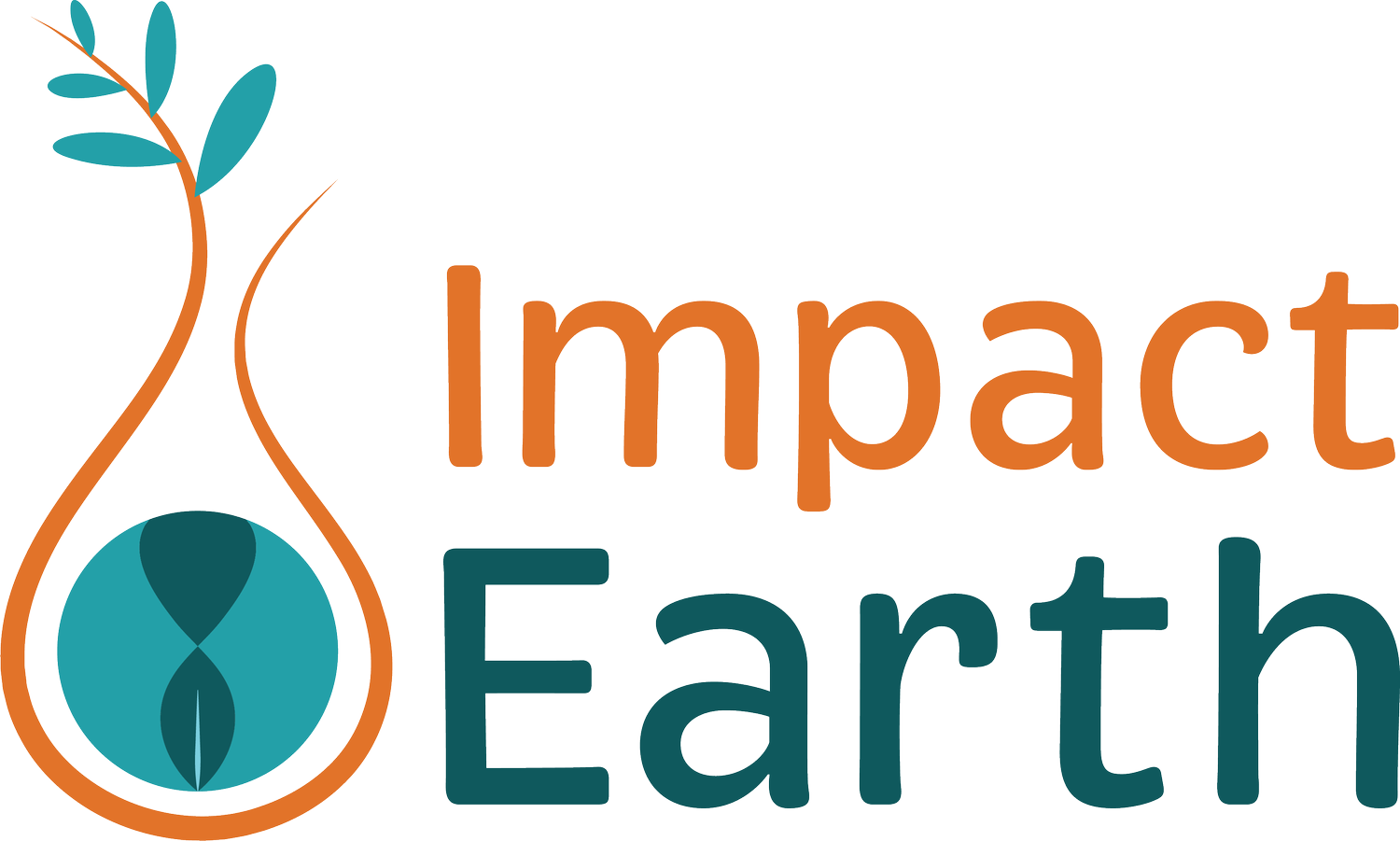It’s So Confusing: The Issue with Plastics
So let’s start with the moral of the story, to reduce waste and keep plastic out of our land and water: reusable and refillable are always the best options
Yet when it comes to the containers holding our food and drinks, particularly when shopping for groceries or eating out we’ll find ourselves surrounded by ubiquitous plastic. No that’s not a new type of packaging, it’s the world we live in–plastic is everywhere. Many of my favorite products are packaged in it and businesses that serve the general public rely on single-use products. Can you imagine a concert venue trying to wash all those dishes?
Recycling Plastic
Some plastic packaging we use can be recycled, but it’s up to the consumer to know local recycling rules. According to the Plastic Action Center, most people assume that the recycling symbol with a number indicates that the product is recyclable. However, the number shows the type of plastic the material is made from- not that it can be recycled. This is one of the reasons why the Monroe County Recycling Center recycles by shape and description of accepted items rather than by number.
But that’s so confusing!
It can be unless you take the time to check out the resources available on the Monroe County website. Educate yourself by clicking on all the links and share what you have learned with your friends. Please avoid wishcycling–putting something into the bin with the hope that it will be recycled. This practice undermines your recycling effort and contaminates the process.
Composting Plastic
Since the introduction of single-use products in the 1970s and the resulting proliferation of pollution, the public has become aware of the harmful effects of plastic on our health and the environment. Yet, many of these products were invented in the first place to give us a disposable option. Whether for sanitary purposes or convenience, we have appreciated them. Certainly, our food service industry needs alternative packaging options. So, I was delighted to learn of the invention of new bioplastic products made from plants that have the same functionality as plastic. They are even compostable in a commercial composting facility.
That’s awesome–let’s use those to replace all our plastic products!
But wait, I was recommending them as the exception, not the rule- at least for individual households.
We still need to reduce our single-use consumption no matter what the product is made of. While it’s better to use BPI compostable single-use products (rather than traditional, landfill-bound plastic) for our big family picnic, we don’t want to start using them daily just because they can go in our commercial composting bin. The goal is to reduce our waste.
Don’t forget the moral of our story: reusable and refillable are still the best options.
The Food Packaging Industry
And what about the ubiquitous plastic in our food packaging? When I go grocery shopping, I’m frustrated and sympathetic at the same time. So many products originally designed to make our busy lives easier are currently packaged in plastic that is not recyclable or made of compostable material. From prepared foods that allow us to take a night off from cooking to fresh-cut fruits and vegetables, I move down the aisle trying to say “no thank you” to the plastic. But I’m hungry and wish my favorite foods were packaged in containers I can compost.
While there are pros and cons to considering bioplastics for packaging in the food industry, I still want to support their development. One of the issues with bioplastics that we need to understand is the rate at which they break down in the composting process to ensure that nothing harmful is mixed into the soil. This is a process that involves the developers of bioplastics working with commercial composting businesses to test their products.
Since Impact Earth accepts BPI compostable bioplastics and paper products we regularly monitor how they decompose in our compost pile. We want to keep you informed and welcome your thoughts.
Send your questions and comments to Nancy Steinkamp
